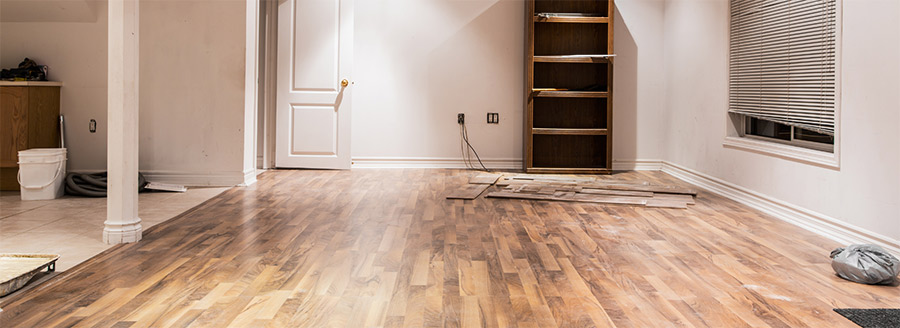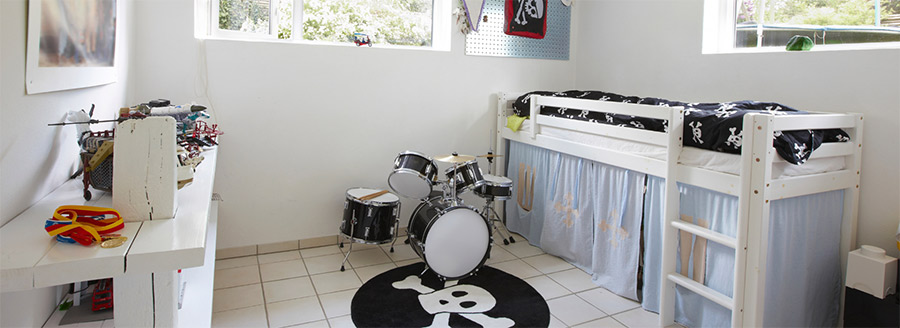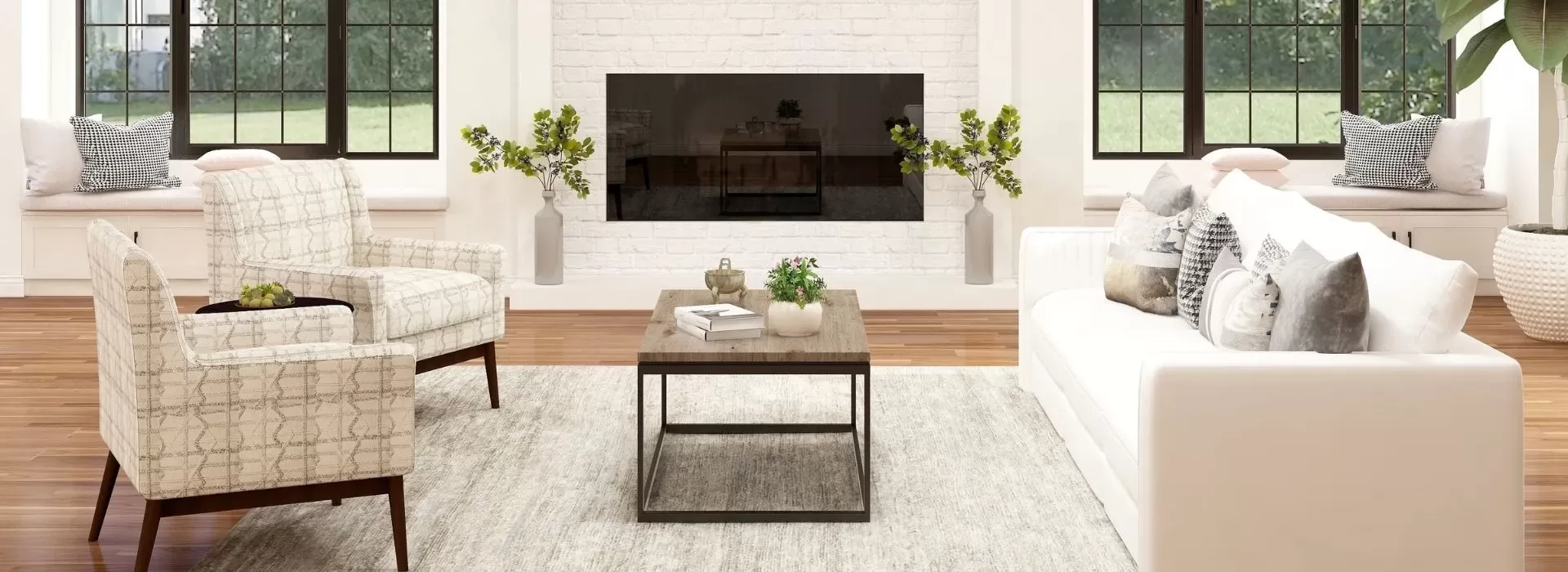
Choosing the right flooring for your basement can be a daunting task, given the unique challenges posed by this below-ground space. Basements are often susceptible to moisture and temperature fluctuations and though you may want to add carpet, it could be a bad decision for your home. How will you know? Well, here are five essential tips to help you make the best choice for your basement flooring.
1. Consider Moisture Resistance
This is probably the most important point to consider.
Basements are notorious for their potential to harbour moisture, whether from condensation, leaks, or flooding, so selecting moisture-resistant flooring is crucial. Options like vinyl, tile, and certain types of engineered wood are excellent choices. Vinyl plank flooring, in particular, is not only water-resistant but also mimics the appearance of hardwood, providing both functionality and aesthetic appeal.
2. Evaluate Durability
Since basements often serve as multipurpose spaces—ranging from storage areas to family rooms—they need durable flooring that can withstand the wear and tear. Ceramic or porcelain tiles are extremely durable and can handle a lot of use without showing signs of damage, but do tend to be cool under foot. If you prefer a softer surface, consider high-quality, water-resistant carpet tiles that can easily be replaced if damaged.

3. Assess Insulation Needs
Basements tend to be cooler than the rest of the house, so flooring that provides good insulation can make the space more comfortable. Carpeting is an excellent insulator and adds warmth to the space, but if your basement is prone to moisture, then you might want to consider installing hard flooring and then using area rugs to soften the space. Additionally, installing an insulated subfloor with options like cork or foam underlayment can also provide an extra layer of warmth and comfort.
4. Think About Style and Aesthetics
While functionality is key, you don’t have to sacrifice style. Modern flooring options come in a wide range of designs and finishes. Luxury vinyl tiles (LVT) and planks (LVP) are available in various styles, including wood and stone looks, offering the beauty of natural materials without their drawbacks. As basements also tend to be darker, you may want to choose lighter colours to brighten up the space but ultimately, choose a style that complements your basement’s intended use and overall decor theme.

5. Budget Wisely
Cost is always a consideration when it comes to home improvements and, while it might be tempting to choose the cheapest option, it’s important to balance cost with quality. Some materials, like sheet vinyl and laminate, offer good value without breaking the bank. Additionally, consider the long-term costs associated with maintenance and potential repairs. Investing in higher-quality materials now can save you money in the long run.
Conclusion
Selecting the right flooring for your basement involves balancing practical considerations with your personal style and budget. By prioritizing moisture resistance, durability, insulation, aesthetics, and cost, you can choose a flooring option that enhances the functionality and beauty of your basement, turning it into a comfortable and inviting space for years to come.
continue reading
Related Posts
Choosing the right flooring for your home is a crucial […]




